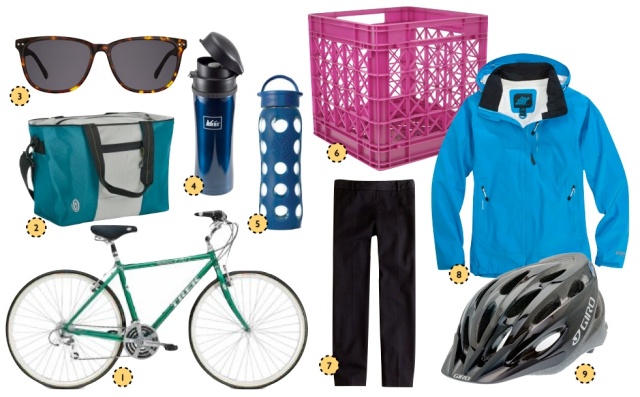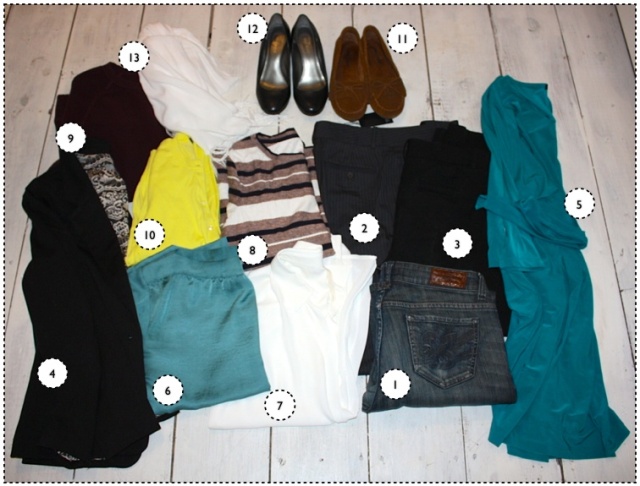 Aside from the (what can feel like an eternally) long winter, Minneapolis is a great city for biking. Currently, I live about five miles from campus and so when it’s warm enough, I often commute to and from school by bike. Not only is it practically free (aside from replacing the occasional tire and general bike maintenance), it’s easy to park and is great exercise. During the fall semester I was able to bike for most of August through October and really enjoyed it. I’m looking forward to commuting by bike again now that it’s finally warmed up!
Aside from the (what can feel like an eternally) long winter, Minneapolis is a great city for biking. Currently, I live about five miles from campus and so when it’s warm enough, I often commute to and from school by bike. Not only is it practically free (aside from replacing the occasional tire and general bike maintenance), it’s easy to park and is great exercise. During the fall semester I was able to bike for most of August through October and really enjoyed it. I’m looking forward to commuting by bike again now that it’s finally warmed up!
Along the way, I’ve learned a few things about what works well and what doesn’t. So, in celebration of a late spring that has finally arrived, warmer days ahead, and plenty of opportunities to bike, here are my nine bike essentials:
- A bike. Okay, this is pretty obvious. Recently I’ve been riding an old (free for me) Trek 720, but really any bike will do. I will say, after trying a few different bikes, I prefer to sit closer to upright when I’m commuting so I try to avoid more “serious” road or mountain bikes. Usually, though, you can find a great bike for less than $300 on Craigslist or at a local bike shop.
- A Timbuk2 bag. The brand isn’t so important, although I do like my Timbuk2 tote quite a bit, but the easy-to-open top zipper allows me to access my books without taking apart my entire bike basket. I regularly carry my computer, power cord, 1-2 books, a notebook, a file folder, snacks, and water (among other things) and have never had a problem.
- Sunglasses. I like to bring sunglasses for two reasons. One, it can be sunny, but also, sometimes when riding on the road cars can kick up dirt and other things, so I like to have some eye protection.
- REI Flip-Top Vacuum Tumbler. This is one case where I feel pretty brand loyal. After trying several different coffee travel mugs, this is by far my favorite. First, it has a great seal and so when it’s closed you can turn the mug over and shake it and nothing will spill. Seriously, I’ve tried. Second, it keeps things warm for hours. I’ve burned my tongue on hot tea 4+ hours after making it.
- Water bottle. It’s important to stay hydrated in general, but especially when bike commuting. I prefer glass water bottles mostly because I don’t like the way that plastic bottles taste after a while. In any case, find a water bottle you like and fill it up!
- Plastic crate. When my husband and I first started school and were feeling especially poor (after moving half-way across the U.S.) I decided that instead of buying a fancy bike basket, that I would attach a plastic crate we had on hand with some zip ties. Several months later, I’ve never had a problem. There is plenty of space for my bag, books if I stop at the library, etc. Eventually, I might get a better bike basket, but for now, my bright teal crate does its job well.
- Comfortable pants. On a whim I tried the J.Crew Minnie pants and loved them. Not only do they look professional, but they are ankle length, have some stretch, and are durable. I find them to be excellent for biking to school, then hopping off for a meeting or class without having to change. (As a side note, they are technically dry clean only, but I’ve had good luck washing them on a delicate cycle with cold water and hanging them to dry.)
- Rain coat. In the morning it can be quite cool here, so having a raincoat that doubles as a wind breaker can be nice.
- Helmet. Don’t forget the most important part! I got a fairly inexpensive helmet at REI and it works well. (And, ladies, if you’re worried about your hair, I found a great tutorial here).
Do you ever commute by bike? If so, what do you find to be “essential”?


